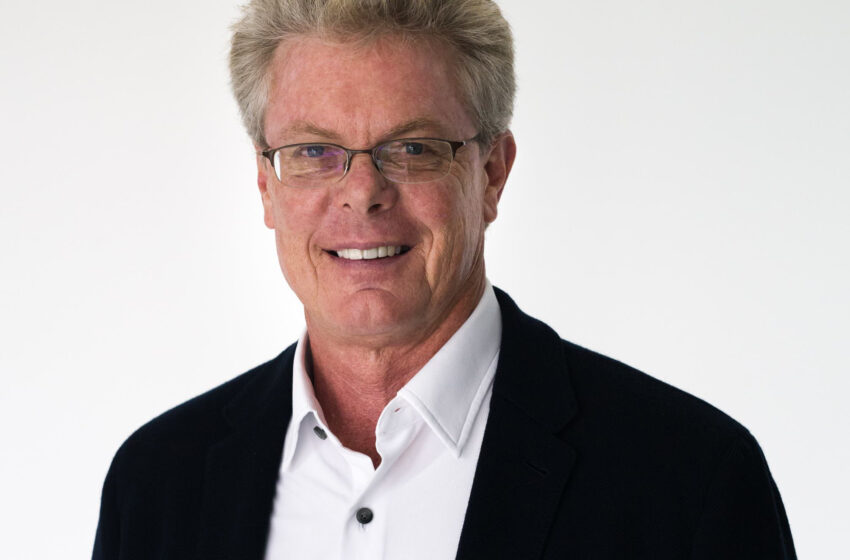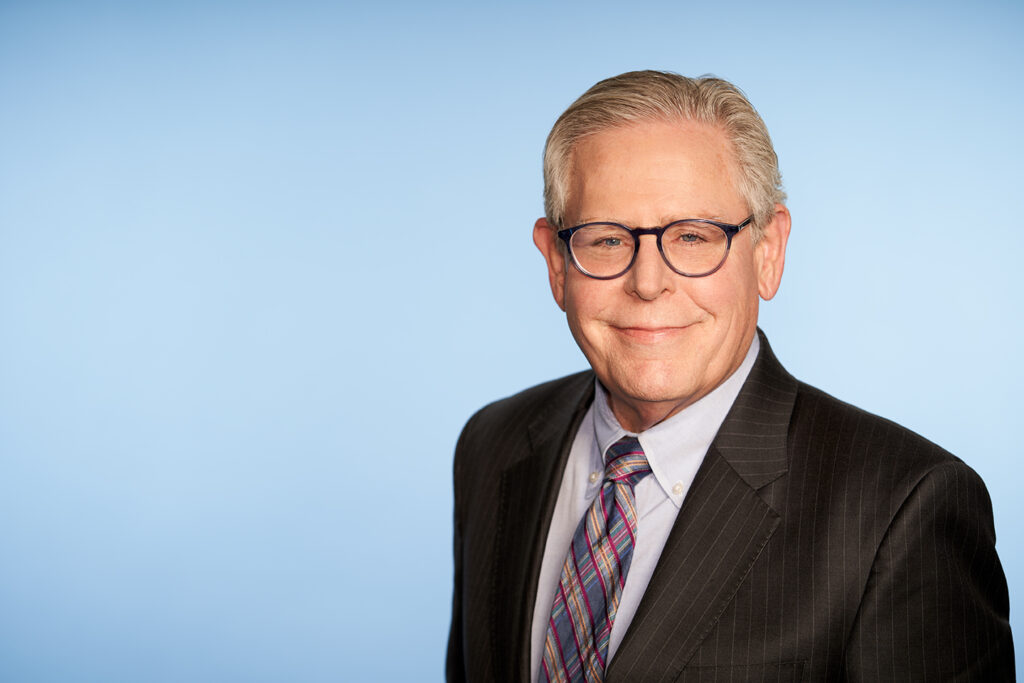CEO Interview Series: Mark Knickrehm, CEO of Gainwell Technologies
- March 20, 2024

In the dynamic world of technology and business, few journeys have been as insightful and inspiring as those of Mark Knickrehm, CEO of Gainwell Technologies. Starting his collegiate journey at Northwestern without a clear vision, Mark embarked on a path that would ultimately shape him into a leader in technology, healthcare, and business. Mark’s career trajectory has been anything but conventional, from his early days of coding at Arthur Andersen to his strategic shift towards business and finance at McKinsey & Company and later at Accenture. His transition from serving on the board to leading Gainwell Technologies as CEO showcases a deep understanding of the company and its mission, cultivated through years of diligent work and strategic foresight.
This interview series delves into Mark’s leadership journey, uncovering the experiences, decisions, and insights that guided him to the helm of Gainwell Technologies, a company at the forefront of revolutionizing healthcare through technology. Explore the professional and personal milestones that have defined Mark Knickrehm’s remarkable journey to leadership.
Going into college at Northwestern, what was your grand plan?
To tell you the truth, I didn’t really have one—I just knew I would be in business in some way, shape, or form. In the mid-1980s, during my senior year, I interviewed with as many companies as I could, and I ended up with quite a few options. I met some people at the consulting division of what was then Arthur Andersen and liked what they were doing. It was a combination of technology, computers, and business that was new and different to me. I spent about five years with them, writing code for big companies. There were no packages back then—you had to write your own code.
Over time, I decided I really liked the business aspect of things. I am glad to this day to have the technology angle in my past, to understand the art and science of code and what you can and can’t do with it. But I wanted to spend more time in business and finance. I had moved over to McKinsey & Company by then and got my MBA at the University of Chicago.
You then spent many years in the consulting space at McKinsey & Company and then Accenture. When did the idea of running something as CEO come to you?
After I left Accenture, my objective was to serve on a few company boards. I didn’t want to jump immediately into a big operating role. I joined the board of the Salk Institute and a couple of others, including Gainwell Technologies. I was on the board of Gainwell for about 18 months before I transitioned to being the CEO.
Lots of recruited CEOs come in without much knowledge of the company, so those 18 months on the board must have been a big benefit.
They certainly were. I knew a lot about the company by then. And importantly, I knew the leadership team through all the board meetings. I was an active board member—not a four-meetings-a-year, coffee-and-donuts board member. At each meeting, I’d really talk with leadership about what I was going to work on for them in the interim.
Gainwell came out of another big company, DXC, which itself came out of Hewlett-Packard. The previous CEO had the monumental task of standing up Gainwell as an independent company, creating structures so it didn’t have to rely on the mothership for HR and everything else. By the time I had come on, growth had become the focus.
Looking back, were there things you wish you had had exposure to before getting into the CEO role at Gainwell?
It would’ve been nice to know more about the intensity of some issues going on around a few clients. As a board member, you don’t see the details on these things unless the company chooses to share. When I was on the board, the company generally said, “No, no, we’re handling it.” It turns out I needed to look more behind the curtain. With a better understanding, we would’ve kept our clients a little happier, and we wouldn’t have had to invest quite so much. But we are working through it.
How much of the leadership team did you have to build when you got there?
We’ve changed organizational structure pretty significantly since I started [in April 2023]. Our leadership team consists of about 25 people, and about half of them are new. These are people I’ve known from different parts of our career who we brought into the company. Of the top team reporting to me, almost everyone is newly recruited to Gainwell, though they’re all very experienced at what they do. Some of our clients have been with us for 40 years, so existing relationships matter. But if you’re going to do new things and change the way the place works, you typically need some new people, too.
It always takes those new people time to get up to speed. How has that process been?
My philosophy is that it takes three months for anybody to learn how a place works. Who does what? Where are the bathrooms? You’re sort of in shock for three months. I gave everybody, including myself, those 90 days to get things sorted out. But because of the mountain we want to climb, we need to gel faster than you might usually give people.
Our management team is spread out geographically, but we bring together the top 25 leaders almost every month for a week to our headquarters in Irving. It’s morning, noon, and night; dinners and breakfasts. We do a half-day session on topics we need to coordinate around—operations, sales, or finance. Afternoons are open for various teams to meet and problem-solve. And then we’ve got dinners to get to know each other. That’s really helped bring people together around a common purpose, to hash out any disagreements. I don’t think we could make the changes we’re making in a completely virtual environment.
That’s a struggle a lot of CEOs are dealing with post-COVID. Almost all the CEOs I talk to believe there’s some in-person component that’s still critical to teamwork.
I agree with that, though it’s funny how things change from before you’re the CEO to after you’re CEO. In the 30 days before I officially started, I was sure we were going to bring everybody back. Then you get in, and you realize what that means—how you have to prepare the real estate and how some people don’t really want to come back.
Our clients are the health departments of U.S. states, and I spend at least two weeks a month traveling to state capitals to visit them. If our clients come into the office, then the Gainwell teams also come in.
We’ve evolved to, as I mentioned, our leadership being in person for a week once a month. And then, when we’re doing big projects for the states, the project team has to come in and work together for some material amount of time because they’re doing complex things at a fast pace. If you’re in a more traditional role with a client, chugging along like you have for the last two or three years, there’s lots of flexibility on who comes in and who doesn’t. But if we’re on a big project where we’re doing something big and innovative and new, that team needs time face to face.
The healthcare industry is a big concern for CEOs, who look at the benefits number for each employee going up. What trends are you seeing that CEOs in other industries should be aware of?
I certainly don’t see a slowdown of U.S. healthcare spending – – the question is how much more of a spend will it be in the future. Now, the spending in our segment is paid for almost exclusively by the federal government and by state governments. So, none of the funding for Medicaid comes from industries and CEOs, but it’s about a trillion dollars. There are roughly 90 million Americans on Medicaid now, which means a giant portion of our healthcare costs are actually paid for by governments.
On average, other large, wealthy countries spend about half as much per person on health as the U.S. And Americans have chosen that we want to consume healthcare. If you’re a 65-year-old who needs a new knee, you don’t want to wait ten years—you want it next week. We have a system that delivers that, and it’s not going to get cheaper. I laugh when I hear all these people say, “We’re going to make healthcare cheaper.” There’s no way. It’s just a question of how much more expensive we are going to let it get. It’s the biggest industry out there. It employs millions of people.
But I would say technology is going to make a difference here, and that’s partly why I came to Gainwell. I say all the time that there are two service industries that don’t compete on information: education and healthcare. Both have had decades-long cost and service problems, but they both spend approximately 4% of operating expenses on technology around their information, which is what we would think of as IT. Competitive service industries like insurance and banking are at 8%. But the only way a service industry can compete is on the information it has.
We’re now seeing health tech catch up on that. I think you’ll see more and more technology applied to healthcare, leading to more things like predictive health and keeping costs from growing too much. Part of what we’re doing is turning Gainwell into an information broker for states to better take care of their populations. How do you take better care of a population by predicting who’s going to need what and when? How do you get ahead of that? I think that’s a trend of the future.






